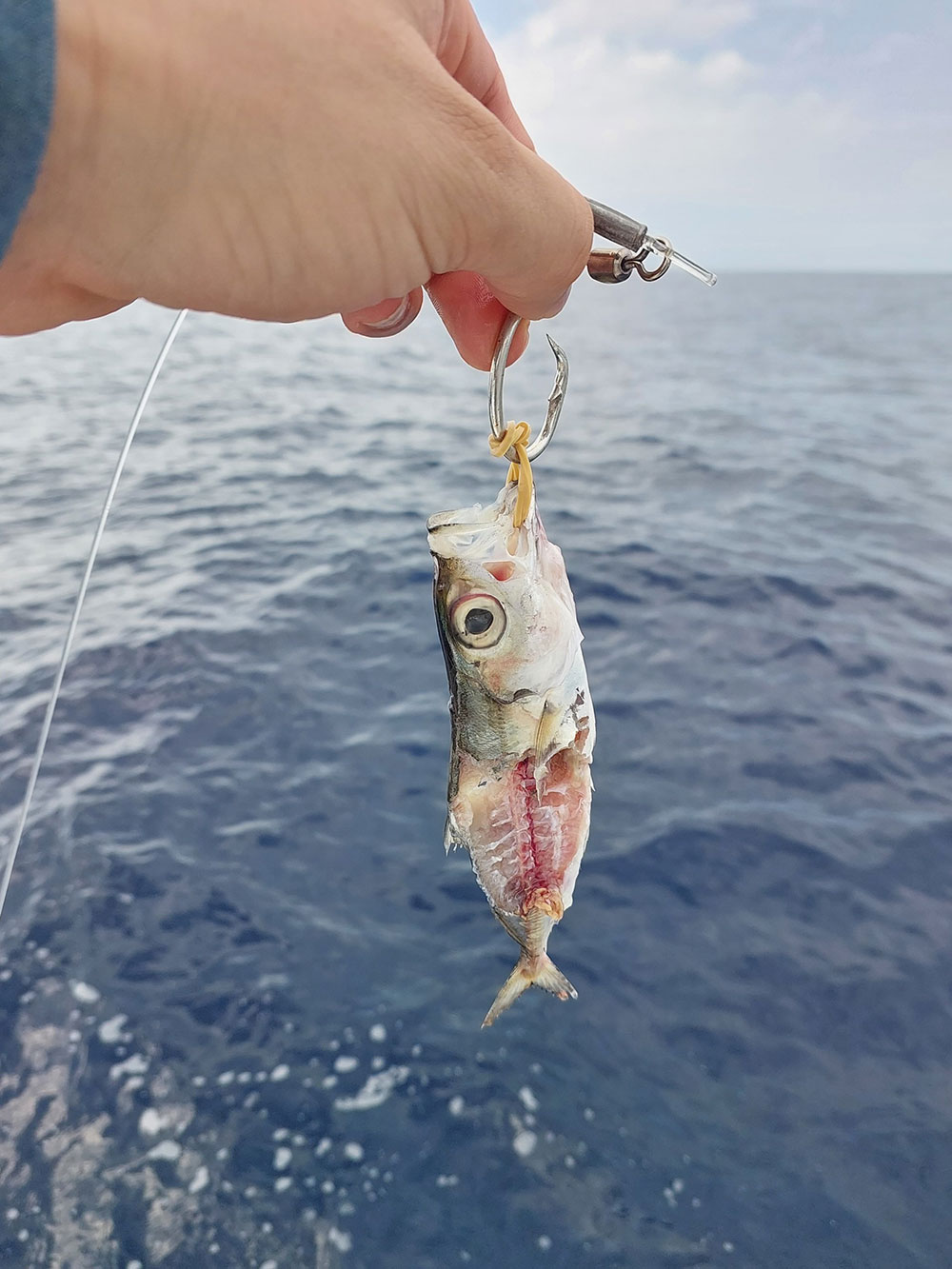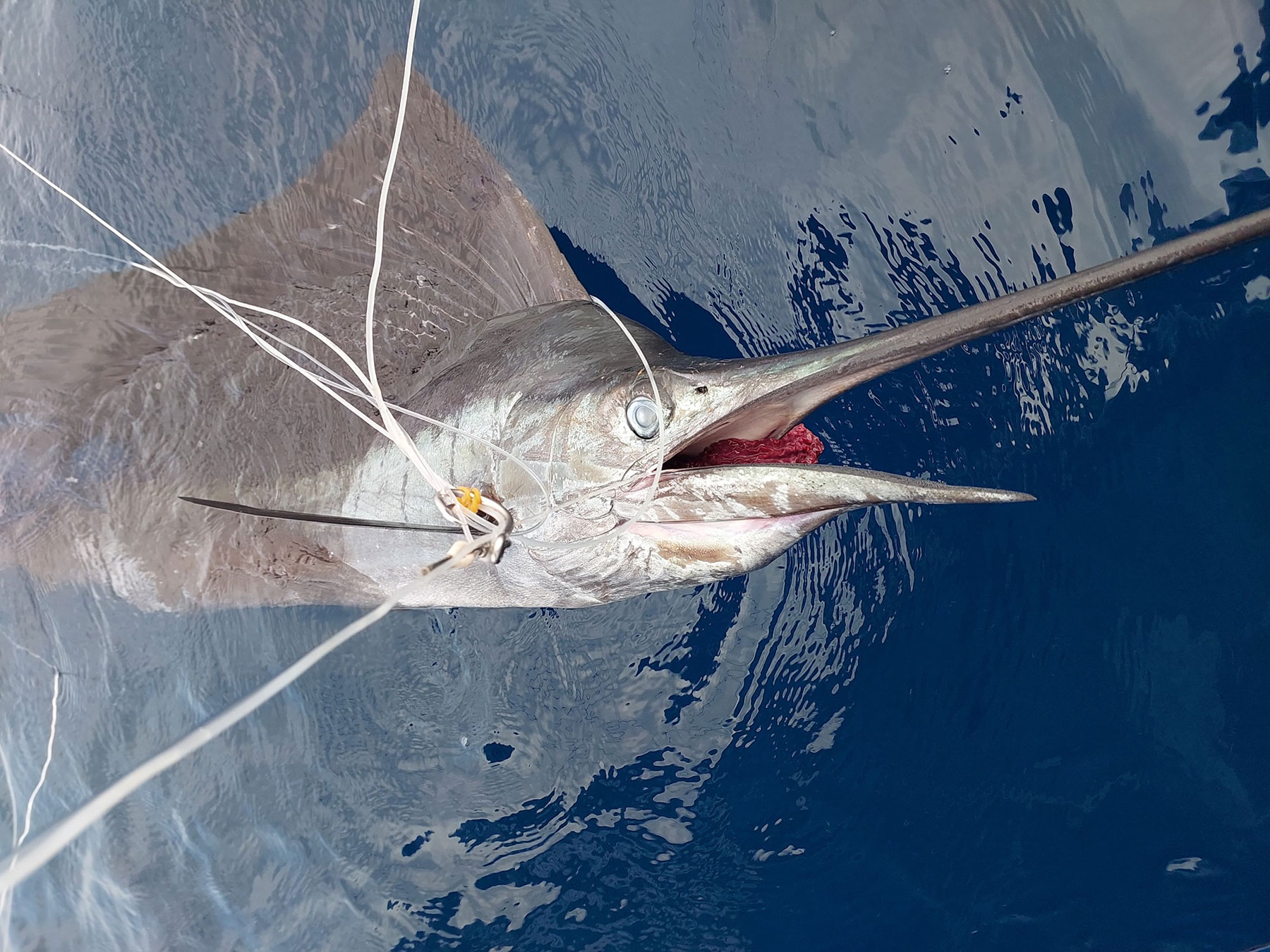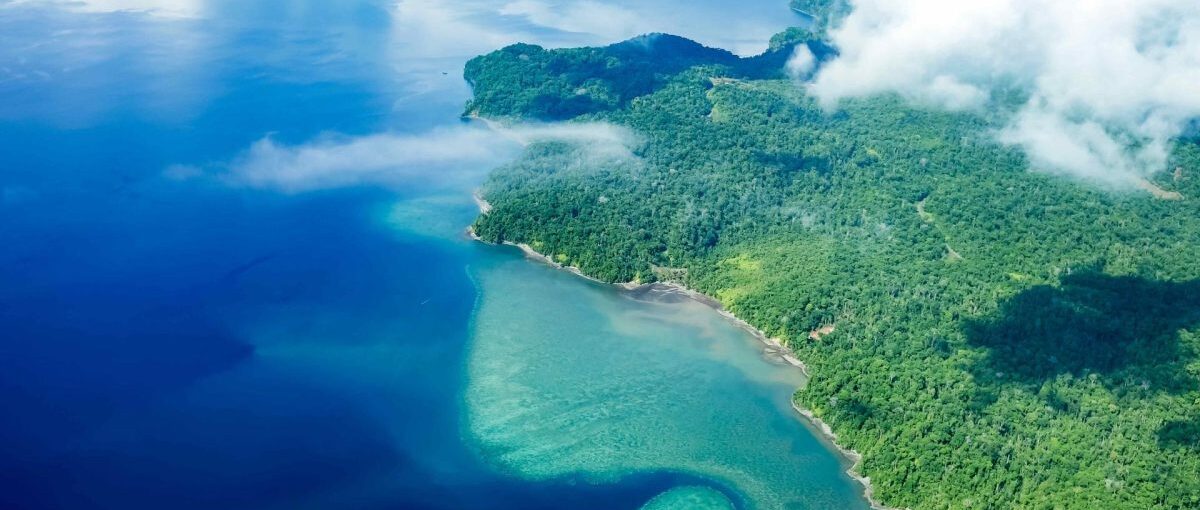Kattia Cambronero Aguiluz reported that Incopesca intends to carry out an investigation with 40 longline vessels in Golfito.
By Alonso Martinez
Published by https://delfino.cr/
Translated by Google (see original)
 The deputy of the Progressive Liberal Party (PLP), Kattia Cambronero Aguiluz, filed a “denuncia” or “official complaint against the Costa Rican Institute of Fisheries and Aquaculture (Incopesca) as they seek to enable live bait fishing in the Golfo Dulce – A Marine Responsible Fishing Area. This decision sets off alarm bells in the artisanal, tourist and sport fishing sectors.
The deputy of the Progressive Liberal Party (PLP), Kattia Cambronero Aguiluz, filed a “denuncia” or “official complaint against the Costa Rican Institute of Fisheries and Aquaculture (Incopesca) as they seek to enable live bait fishing in the Golfo Dulce – A Marine Responsible Fishing Area. This decision sets off alarm bells in the artisanal, tourist and sport fishing sectors.
This plan was made known to the sectors in a meeting held on July 17 at 2 pm at the facilities of the National System of Conservation Areas in Osa (Sinac-ACOSA) convened by circular INCOPESCA-RBGO-05 -2024.
The legislator indicated that according to people attending the meeting, Incopesca intends to launch a research project with about 40 longline vessels in Golfito. Each one with a permit to remove up to 800 units of live bait from the Gulf each time they require it.
Cambronero Aguiluz, criticized:
As is customary in the institution, the supposed study totally lacks scientific support and also represents a great setback in the conservation and reproduction efforts of sensitive species such as the hammerhead shark.”

Likewise, she pointed out that with this project Incopesca violates the management plan that is in force for the Marine Areas of Responsible Fishing where only small-scale fishing and tourist fishermen are authorized to fish for live bait.
Who and why is fishing for live bait not allowed?
Currently, longline fishermen are prohibited from using live bait in the first 30 nautical miles in the Pacific Ocean, specifically in the Golfo Dulce, the Gulf of Nicoya and the Gulf of Papagayo.
This is through agreement AJDIP/280-2014, due to the high level of incidental capture of non-target species such as sharks, sea turtles and especially sailfish.
The executive director of the Costa Rican Federation of Tourist Fishing (FECOP), Marina Marrari, explained to Delfino.cr that fishing with live bait on longlines is considered fishing directed at sailfish, because the use of live bait on longlines in areas Where this species is located, its capture increases greatly.
The 2014 agreement speaks precisely about the importance of sailfish for tourist and sport fishing. Additionally, as a management measure, with the aim of reducing bycatch, access by the longline fleet to large quantities of live bait found in the gulfs is prohibited.
Weeks ago, the Southern Zone Sport Fishing Council reported that hundreds of sailfish are floating dead in the waters of Golfo Dulce, due to illegal fishing with live bait. Courtesy photography.
Marrari indicated that this Incopesca proposal may mainly affect the tourist and sport fishing sector.
“Also to the artisanal sector, which now has access to fishing and marketing live bait in smaller quantities within the gulfs.”
Cambronero Aguiluz pointed out that despite the regulation, Incopesca lacks effective methods to control these limits.
It is not possible for Incopesca to once again put marine ecosystems and artisanal fishermen at risk with practices that lack technical and scientific criteria. “We are going to thoroughly investigate the acts we are denouncing.”
Marrari said that Fecop representatives were at the meeting in which the move that Incopesca intends was shared and they consider it of concern.
She added that the representatives of the fishing authority could not answer what the objectives, hypotheses, methodology and need to develop the new research were.

We see it, of course, with great concern, we believe that it would be a huge setback to the few management and protection measures that have been established for these species in areas such as the Golfo Dulce where sport and tourist fishing is so important for coastal communities. ”.
The congresswoman’s office sent a letter to the Minister of Agriculture and Livestock, Víctor Carvajal Porras, requesting explanations as the governing authority of Incopesca.
Marrari indicated that the ban on live bait within the gulfs along with the prohibition on the longline sector from fishing with live bait within the first 30 miles of the coast as well as a limit imposed by Incopesca on the longline fleet that only 10% of what they land may be sailfish. These are the only protection measures that Costa Rica has at this time.





















